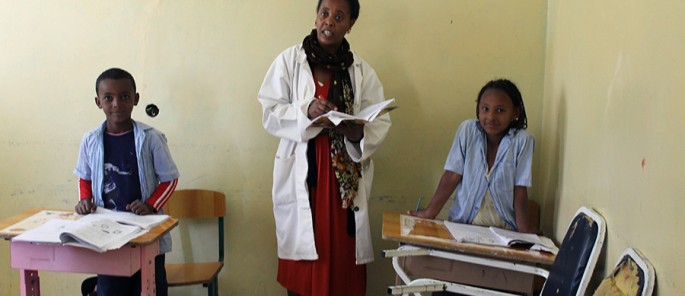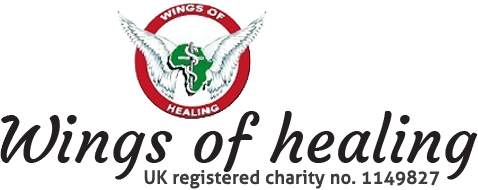
Prior to the official formation of Wing of Healing our group was part of two medical aid missions which were run by a larger international charity. We operated as a small women’s health contingent with our team consisting of specialist doctors (obstetrician/ gynaecologists and anaesthetists), midwives and theatre nurses.
Establishing Connections
Perhaps the most important achievement of our initial work in Ethiopia was establishing connections with local healthcare professionals, hospitals and medical/midwifery schools. It takes time and patience to build trust and acknowledgement of our desire to support and develop their current practice.
Teaching
This was very much the emphasis of our work. We spent the majority of our time in the hospitals teaching and training doctors, midwives and traditional birth attendants. Our teaching took several forms; hands on clinical teaching, practical learning and classroom discussion. The current quality of medical training and senior supervision is very poor and many junior doctors are not equipped with the skills they need to practice safely. However they were often left to manage patients and perform procedures independently. For example many junior doctors we met had taught themselves how to perform a caesarean section, a very common operation which can be lifesaving for mum and baby. We were able to teach them safe operative techniques for caesarean section and equip them with the skills to manage common complications.
Specialist care
In addition to teaching and training we were able to get involved with providing some specialist care to patients. In Ethiopia there are no subspecialist doctors in the field of obstetrics and gynaecology. These are professionals highly trained in one area such as gynaecology oncology (cancer care), maternal and fetal medicine and urogynaecology. Our team included specialists trained in urogynaecology, oncology, maternal medicine and laparoscopic (key hole) surgery hence we were able to help many patients requiring specific treatment or surgery which would not normally be available. We saw patients on the hospital wards, in the emergency department and in outpatient clinics and performed elective operations which were organised by the local team in anticipation of our visit.
Medical supplies and resources
Our team were able to take much needed medical equipment and supplies to donate and use during the mission to treat patients and teach staff. This included medications, such as antibiotics and pain medications, which often patients are not able to afford to buy themselves. We transported several larger pieces of equipment (suction machine and diathermy machine) which we donated to the hospital operating theatres. Basic supplies such as sterile surgical provisions (instruments, swabs, drapes etc.), sutures, operating gloves and gowns and wound dressings were also donated. The hospital had a very limited supply of what we would consider essential items. Much larger pieces of equipment such as theatre beds and neonatal incubators have been purchased by the charity and we are currently looking at the best way to transport them to our link hospital units.

You must be logged in to post a comment.